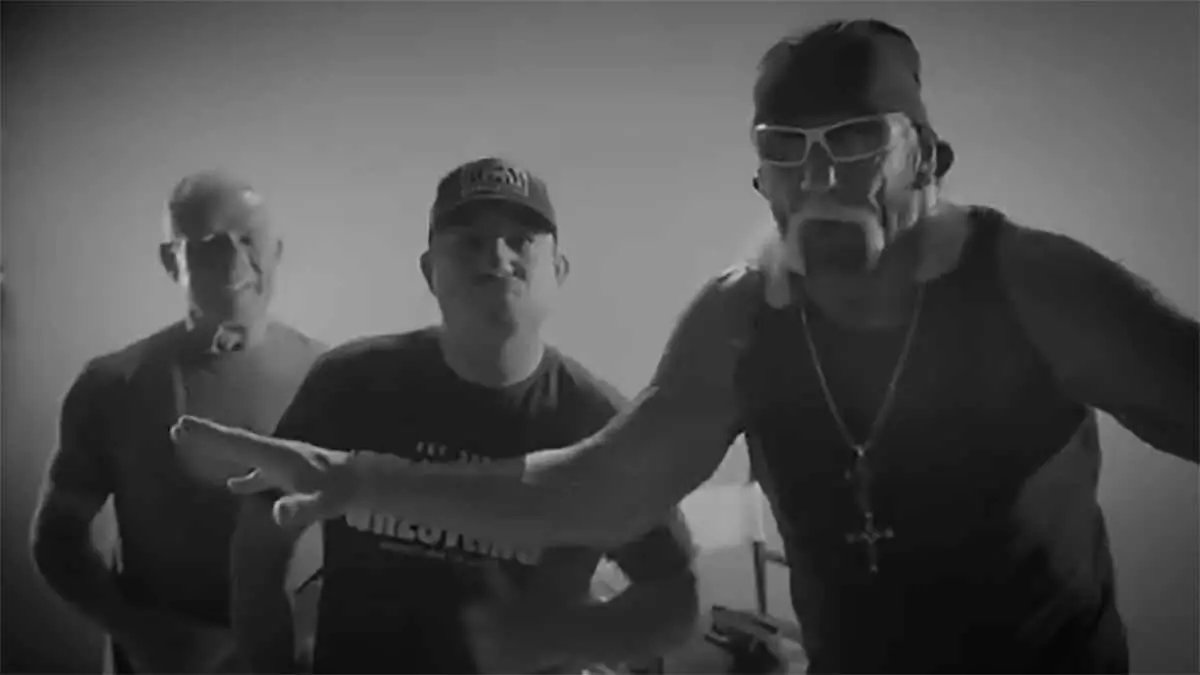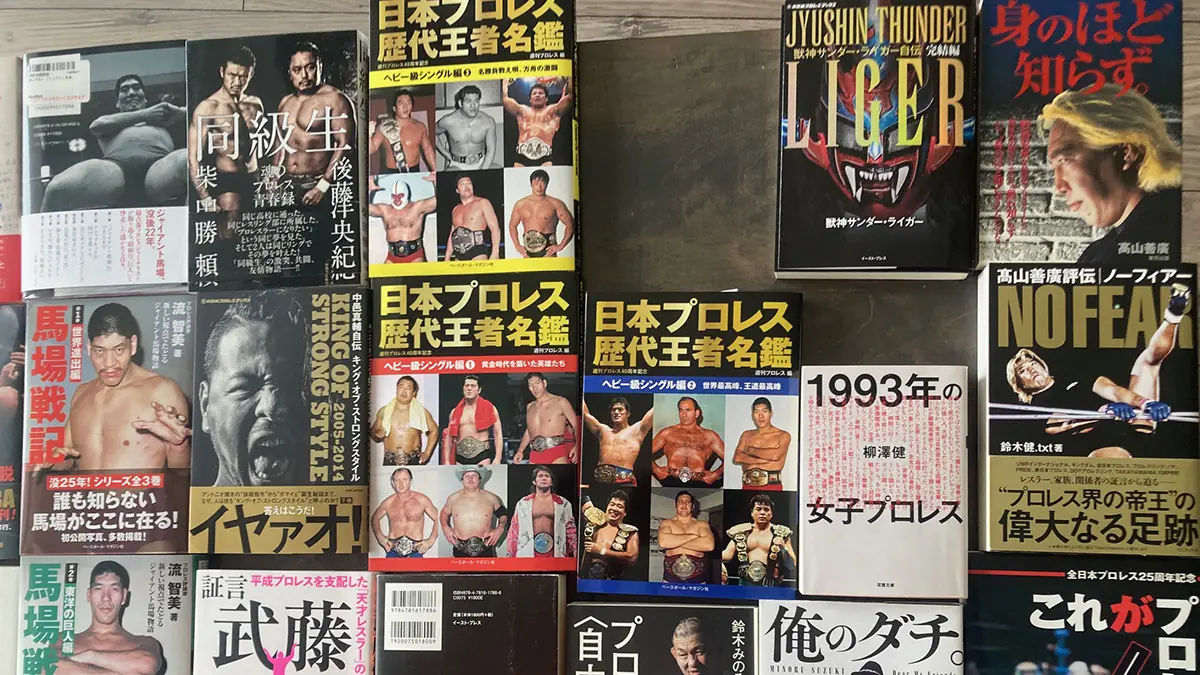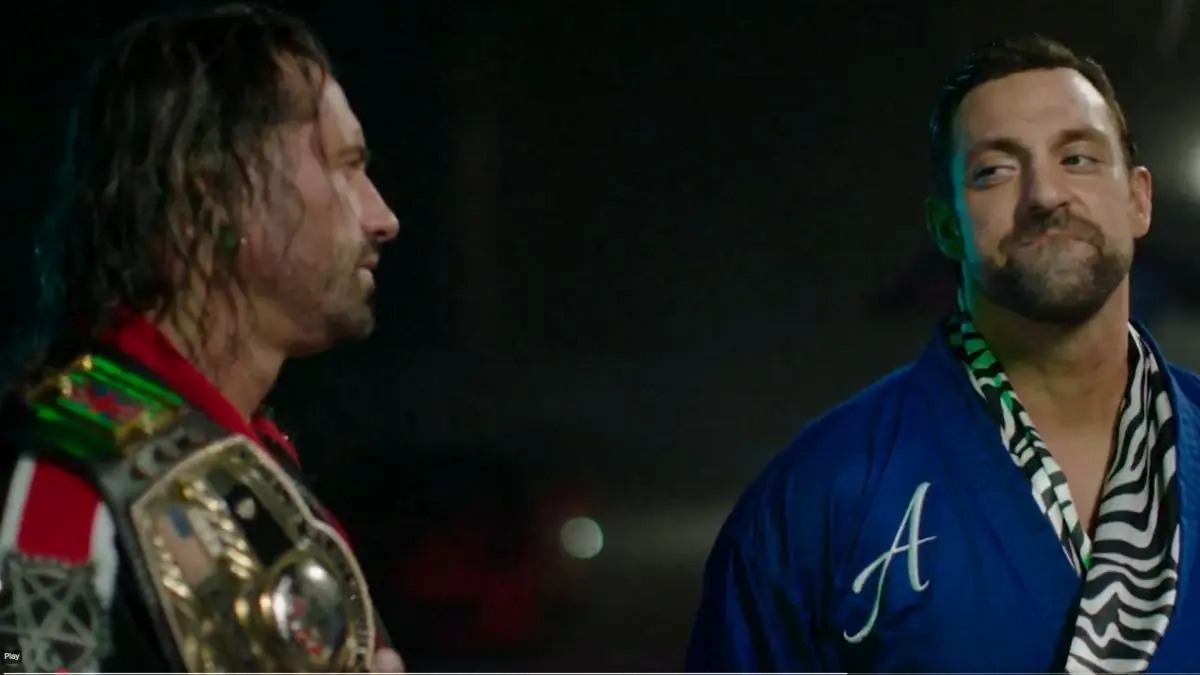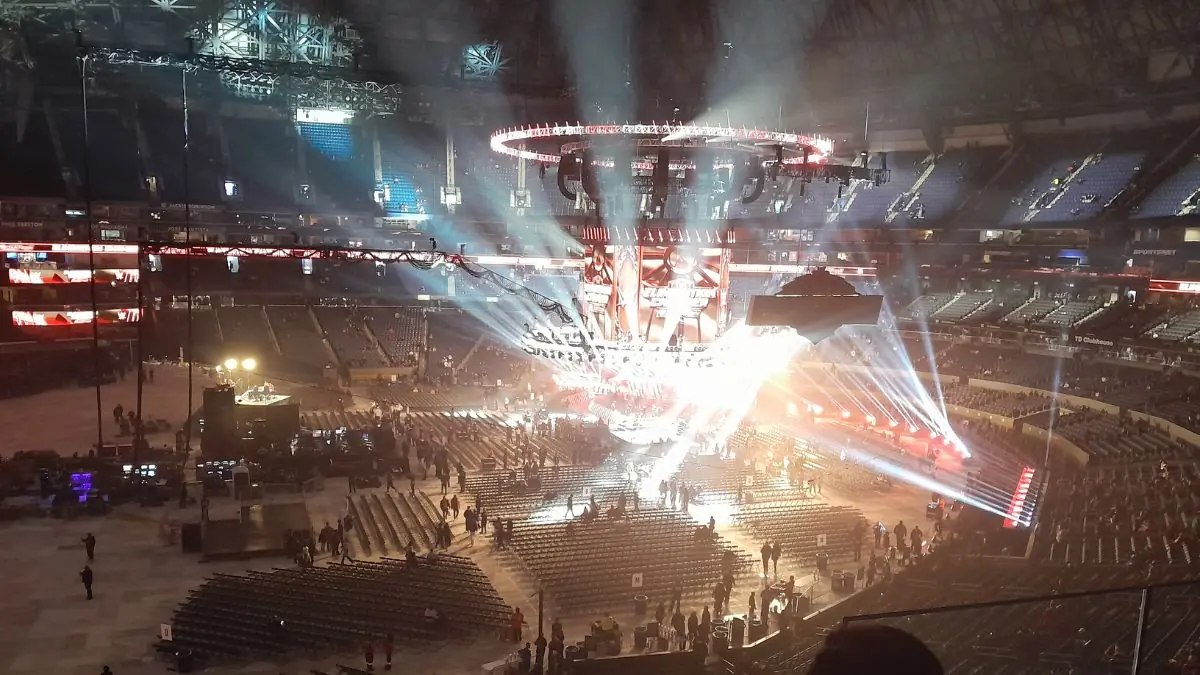The recent news that Tom George, the public relations whiz for Major League Wrestling (MLW), is facing very serious health challenges and needs financial help with a GoFundMe campaign was a reminder of how important — and uncelebrated — the world of PR agents are.
https://twitter.com/courtbauer/status/1397276915086643200
I can’t pretend to know George well, but he was always helpful and professional — and that’s all that one can hope for in a PR person (in any profession). And when your boss tweets out in support of you, it shows there’s a respect factor.
For those who aren’t familiar with what the job entails, there are many aspects. You try to arrange for talent on a wrestling roster to talk to media, set up complimentary tickets to events, allow photographers access. When something notable happens, from a new show, a new signing, a celebrity involved with a show, a press release is sent out to the media. At events, you are both the host and guardian of talent. And there’s a thousand of other things to do, no doubt.
Boy has it all changed through the years.
Back when I started covering pro wrestling in 1985 with my Canadian Wrestling Report, PR agents didn’t really exist. If you called the WWF (World Wrestling Federation, now World Wrestling Entertainment or WWE) Canada office, Jack Tunney himself might answer, though usually it was Norm Kimber or Billy Red Lyons. It wasn’t a big office. The few PR agents I dealt with in those days related to things on TV, and I still remember finally getting through to the legendary Johnny Esaw to talk about NWA/WCW (National Wrestling Alliance/World Championship Wrestling) being added to the CTV television stations in Ontario.
When wrestling found its way back into my life with the arrival of the internet and my work at Canoe.ca, the Sun Media’s website, SLAM! Wrestling quickly became a place where PR agents reached out to us. The internet was new, so there was a feeling out process, but the legitimacy that the Sun chain gave us meant that early on names such as Faarooq (Ron Simmons) and the Quebecers (Jacques Rougeau Jr. and Carl Ouelett) came into our office to do live chats or interviews. This was different than whatever deal the Toronto Sun promotional people had cooked up to bring wrestlers into the building for events, as they were OURS, and we got to ask WRESTLING questions. It wasn’t a general interest publication like a newspaper.
Cindy Little and Dawn Dwyer were the two WWF Canada PR people that I remember most. When each ended their term/sentence, I reached out to chat and say thank you. It was a thankless job, after all.

At the same time, WCW was really starting to cook. I hadn’t thought of Alan Sharp in a long time, but his name came up the other day when talking with someone who had worked … in PR … in both WWF and then WCW. Sharp was terrific to work with, and some of the best, early interviews we got on the site were through him and his team. Chris Benoit. Chris Jericho. Eddie Guerrero. Booker T. Great, great interviews, and he complimented us, saying that he learned a lot from the stories.
I can still remember the moment, but not the PR guy’s name. We were in the WCW private box prior to the WCW Mayhem pay-per-view in Toronto at the new Air Canada Centre, on November 21, 1999. I’d just interviewed Vampiro prior to the show, and then this PR guy basically told me that Canadians would be happy with the tournament for the vacant WCW world title, outright saying that it would end up being Bret Hart against Chris Benoit in the final. Now, this was before Twitter and all that instant reaction, but still it was a surprise.
Jeff Jones at Ring of Honor (ROH) was always terrific to work with, though he was always being pulled in a thousand directions at the Toronto shows. Now, it’s Marc Kruskol handling PR, in his old-school, professional ways. He knows his stuff.
Stephen Godfrey was the man at TNA (Total Nonstop Action) for the longest time, and was great; through working on this piece, I realized that when his non-disclosure agreement ran out, he posted about some various experiences through the years. Now at Impact Wrestling, it’s Ross Forman, who can take a good teasing. When I finally met Forman in person after so many years of exchanging messages, I noted it would have been the highlight of the press conference, except that I got a hug from Gail Kim … his response? He would have hugged me had I asked.
Then there’s the WWE crew, or what’s left of it. Adam Hopkins has been the gatekeeper forever, and faces an incredibly challenging job. Joe Villa was recently released from the company, but he was always helpful, especially when setting up tickets for events, and those who dealt with him, like I did, find a little joy when he posted that he scored a new gig. Years ago, Al Stavola was part of the team, and we got along great, and it made me happy to see his name pop up in relationship to the WWE 2K22 video game — so a different company but a similar product.
It’s funny thinking that I have met and spent time with all those names at various times, shaking their hands, chit-chatting, maybe even sitting down for a beer after a long day, but I don’t have photos of them. They are hiding in the back at the press conferences, putting out fires, or, sometimes when everything goes right, basking in their private glory.

But here’s where it’s gotten tougher through the years.
Newspapers have shrunk and it’s rare to get much actually press for pro wrestling in print. Often, if there is an interview, it’ll be website-only. Ditto for mainstream magazines; it’s great that Sports Illustrated or Forbes write about wrestling now, but those stories aren’t making into physical pages.
Radio always needs talking heads, and television is tough to get bookings on, unless there’s a live event and people can show up. The pandemic has proven that remote interviews can work, to a point.
There were lots of wrestling magazines, and they weren’t always granted the same access as, say, WWE’s own photographers, but now there’s only a couple left, hanging on. And newsletters have always had an up and down relationship with the established wrestling companies.
And then came the rise of the hundreds of wrestling-related websites. Few had the credentials of SLAM! Wrestling / SlamWrestling.net, with most of our crew having legit journalism backgrounds, but they all felt they deserved something. How to sort out the wheat from the chaff? It’s tough.
The PR folks have to ferret out who is just a basement blogger and who is a legit media company. Nowadays, it is so easy to slap together an impressive looking site, with sweet logos on already-built templates, but in reality it is a one-person blog. In my mind, trained journalists with an understanding of morals and ethics, should automatically be given the access, but it doesn’t always work that way. People or sites that show favoritism can leapfrog ahead of any requests. It’s akin to the news you’ll read on WWE.com compared to our site — it can be the same story but completely different.
YouTube changed the game a lot, and not just because we’re now often asked if it’s a phone interview, or via Zoom or Skype — and then whether it’s just audio or whether it’s visual too. Who has an influencer deal? Did they get flown to the event on the company’s dime or their own? Did they have to sign a deal not to write anything negative? Disclosure is an important part of journalism, just as conflict of interests are too.
Do you see what I mean about how the PR world has changed?
That brings us to the team that was hired by All Elite Wrestling (AEW) to manage its PR. Both Erin Cizek and Mandy O’Donnell of FleishmanHillard: Global PR and Marketing Agency have been great, with a few others coming in and out occasionally; of note, they had to learn the pro wrestling media world almost from scratch — I can’t imagine some of the pitches they would have gotten. The person overseeing it all? Jeff Jones, formerly of Extreme Championship Wrestling (ECW) and ROH, so we already had a connection. They have brought real organizational savvy to it all, taking advantage of technology. In the end, though, they are still making the same decisions — who gets in and who doesn’t, who gets an interview and who doesn’t.
Now, it’s not universal love. Every journalist can share nightmare stories on PR lackeys who think they are above everyone else, ruling unfairly, indiscriminately, and without explanation. There are times we needed a secondary quote and it was promised but never happened. Or why weren’t we invited to the media scrum? Some of the telephone press calls are little more than basement-podcasters kissing the guest’s ass, to the point that even the PR agent should be nauseated.
My takeaway has to always be that they are doing their job as they see fit, and I am trying to do mine. We won’t always agree.
Writing this on a day when many behind the scenes people at WWE have been relieved of their duties is coincidental, but it speaks to my point. The pro wrestlers we see on the screen are only a small part of the way, way bigger picture. There’s the TV people, lighting, makeup, sound, trainers, digital images, accounting, doctors and physios, human relations, lawyers, travel experts, and so, so many more that make it all work. We don’t know them as fans, but that doesn’t mean they don’t matter.
In conclusion, here’s a big thank you to all of the people who put on the show, and to the PR people, like Tom George, who do allow the media access.
TOP PHOTO: The media gathers around Hulk Hogan at CWI Brawl in the Bush II in Brantford, Ontario, in May 2011. Photo by Mike Mastrandrea, www.mikemastrandrea.com
RELATED LINK




